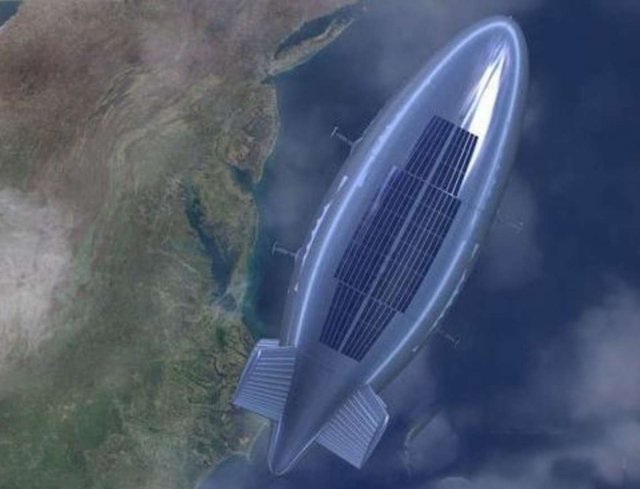Breaking news
China starts testing the Yuanmeng, a new type of helium stratospheric reconnaissance airship.
| a | |||
|
|
|||
|
World Defense & Security News - China
|
|||
|
|
|||
| China starts testing the Yuanmeng, a new type of helium stratospheric reconnaissance airship | |||
|
China began testing on a new type of helium stratospheric airship. The Yuanmeng aircraft can reach a height of 100 kilometers and conduct reconnaissance without being seen by other aircraft or rockets. China has reportedly tested a high-altitude airship (HAA) to an altitude of 20 km, local medias said.
|
|||
|
|
|||
 Illustrative picture Illustrative picture |
|||
|
|
|||
|
The airship is filled with 18 thousand cubic meters of helium and can spend 48 hours in the air. There are solar panels in the top level — and at certain altitudes they can generate electricity for the motors. Solar energy is ideal for high-altitude drones and balloons, as they significantly reduce the need for fuel. Reports noted it carried "broadband communications, data relay, high-definition observation, space situational awareness, and airborne imaging systems".
The Chinese authorities have not stated how the airship will be used but People's Daily Online experts are suggesting that it will be used to hunt for enemy aircraft carriers. “Yuanmeng may become the pinnacle of the military food chain, soaring high above the South China Sea in search of aircraft. Together with the information collected by satellites, aircraft, submarines and drones, Yuanmeng will allow the People's Liberation Army of China to get a full picture of maritime hostilities,” the publication noted. The ship will operate at altitudes inaccessible to the majority of air defense systems. “The main problem in creating a space near the airship was the sharp temperature drop from day and night,” the head of the developers of Yuanmeng, Yu Quan, told People’s Daily Online. The Yuanmeng airship is reportedly a product of the Beijing Aerospace Technology Company and the Beijing University of Astronautics and Aeronautics (BUAA). At a civil-military technology exhibition in Beijing in early July, both companies displayed their ambition to produce large HAAs for persistent near-space operations similar to US concepts from the early 2000s. |
|||



















